Why Switzerland pays more for cancer care than Sweden

More money is spent on cancer in Switzerland per capita than any other country in Europe, but this doesn’t translate to higher survival rates. Nowhere are these differences clearer than with Sweden.
According to a reportExternal link published in late February by the Swedish Institute for Health Economics, Switzerland spent nearly twice (€425) as much on cancer per capita as Sweden (€240) in 2023. The same was true ten years ago. In 2015, Switzerland spent around €313 (CHF298) per capita compared with €142 in Sweden.
Countries that spend more on cancer care usually have better outcomes, but according to the report, this isn’t always the case. Cancer survival rates are comparable for both Sweden and Switzerland – around 60%. Five-year survival rates for some cancer types are even better in Sweden than in Switzerland.
What explains the differences? We looked behind the data.
Taking prevention seriously
The number of cancer cases has risen significantly across Europe over the last three decades as the population ages. Thanks to new treatments and early screening, survival rates have dramatically improved for many types of cancer, but it is still the second largest cause of death on the continent behind cardiovascular diseases.
One reason for the higher expenditure on cancer in Switzerland relative to Sweden may partly be due to higher cancer incidence rates for some cancers. According to the International Agency for Research on CancerExternal link, Sweden, which has a population of 10.5 million, had a slightly higher age-standardised cancer rate (310 per 100,000 people) than Switzerland (292.7), with a population of nine million. But Switzerland had higher rates for some cancers such as non-melanoma skin cancer and lung cancer.
The higher rates for some cancers such as skin cancer can partly be explained by more sun exposure and UV intensity, especially in mountainous regions. Cancer risk also increases with age, and Switzerland has an even higher life expectancy than Sweden – 84 years compared to 83 years.
But there are other factors. Sweden places more emphasis on prevention, said Thomas Hofmarcher, an Austrian-born health economist and co-author of the report from the Swedish Institute.
According to the World Health Organization (WHO), between 30–50% of all cancer cases are preventable largely by reducing environmental and lifestyle risk factors. Tobacco use accounts for 25% of all cancer deaths globally and is the primary cause of lung cancer.
Sweden has one of the lowest tobacco smoking rates in Europe at just over 10% compared to Switzerland, where 25% of people smoke according to the WHO.
“In Switzerland, tobacco consumption is very loosely regulated,” Markus Ossola, a politics specialist at the Swiss Cancer League (Krebsliga Schweiz) told SWI in an emailed statement. “There are low prices for tobacco, little protection against passive smoking, and many advertising opportunities.”
Over 3,000 deaths per year in Switzerland are due to lung cancer, making it the most common cause of cancer-related deaths. Both incidence and mortality ratesExternal link for lung cancer are considerably higher in Switzerland than in Sweden.
Sweden also surpasses Switzerland in Human Papillomavirus (HPV) vaccination. Since the first HPV vaccine was introduced around 20 years ago, there’s been a dramatic drop in cases and deaths from cervical cancer.
Sweden has had higher rates of cervical cancer cases and deaths than Switzerland. However, in 2021, the Swedish government launched a national initiativeExternal link to eradicate cervical cancer, which included an HPV vaccination campaign. TodayExternal link, 90% of girls and 87% of boys receive the HPV vaccine in Sweden compared to around 71% of girls and 61% of boys in Switzerland.
The effects of the higher vaccination rates won’t be seen for decades because of the time between when vaccination happens (around 12-14 years old) and when a person gets cervical cancer (usually as an adult).
Catching cases early
There are also noticeable differences in early detection and screening between the two countries. For example, Swedish women have the highest participation rates in breast cancer screening in the European Union.
The share of women 50-69 who underwent a mammogram between 2020 and 2022 was over 80% in Sweden. In SwitzerlandExternal link, only 60% of women of the same age are in one of the 15 cantons with any organised screening programme. However, screening does occur outside a public health programme in the other 11 cantons.
According to 2022 data, the number of breast cancerExternal link cases per capita was higher in Sweden but mortality rates were about the same.

More
Swiss breast cancer screening quality varies across cantons
Some of this has to do with how the health systems are structured. Sweden has a public, single-payer system, primarily funded through taxation. Switzerland has a private, multi-payer system. Health insurance is mandatory for all residents, but people must purchase it from private insurance companies.
The country had a national cancer plan, but it expired in 2020 and there was no follow-up solution until recently. A new plan will now be drawn up by 2026. Switzerland is one of the few remaining European countries without a uniform national breast cancer screening programme.
For now, cancer screening is rolled out through cantonal programmes for breast and colon cancer. The downside to this is that not all cantons have screening programmes.
This contrasts with Sweden which has nationwide, publicly funded screening programmes for breast, bowel and cervical cancer. “This means that diseases can be diagnosed earlier and treated better and more cheaply,” said Ossola.
These screening programmes are part of a national cancer plan launched in 2009, which is continuously updated, and includes clear goals and measures linked to the European Cancer Plan.
“The Swedish healthcare system tries to be as proactive as possible,” said Hofmarcher. “Switzerland, Germany and Austria are all still very reactive. People often wait until they become sick and then seek help.”
Focus on value for money
The rise in spending on cancer mirrors overall healthcare spending across Europe to some extent. Cancer’s share of healthcare costs is only slightly higher in Switzerland (6%) than in Sweden (5%).
Switzerland has one of the best but most expensive health systems in the world. Switzerland’s total health expenditure per capita was around $11,000 (CHF9,700) in 2024 – around 12% of GDP. Sweden spends about 11% of GDP on healthcare, which amounts to about around $6,000-$7,000 per capita.
This is partly explained by salaries, which are generally higher in Switzerland than in the rest of Europe. According to one estimateExternal link, the average annual salary for a doctor in Switzerland is around $260,000 compared to $123,000 in Sweden.
But the other major difference is spending on medicine. Switzerland spends twice as much on cancer medicine per cancer case. The most obvious reason for this could be drug prices, which tend to be higher in Switzerland.
It’s difficult to know the precise role drug prices play because of the growing use of confidential discounts on drugs, especially for cancer. Sales of cancer medicines at list pricesExternal link rose from under 10% to over 40% during the period 1995-2023 in Europe. There is a high willingness to pay for cancer drugs. A 2023 studyExternal link found that cancer drugs were on average three times more expensive than non-cancer drugs in the US, Germany and Switzerland after accounting for drug efficacy.
But this doesn’t always reflect the actual price paid. Last year, the Swiss government expressed supportExternal link for more widespread use of confidential drug discounts – breaking with the country’s long tradition of transparency.
What is clear is that Switzerland far exceeds Sweden when it comes to the uptake of medicine.
“Switzerland is definitely the country to go to if you want to have access to the latest cancer medicines,” said Hofmarcher. “Treatments aren’t just approved quickly, but they are also reimbursed and prescribed by doctors.”
Only 56% of cancer medicineExternal link approved by the European Medicines Agency from 2019-2022 were available for reimbursement in Sweden compared to around 92% in Switzerland.
“There is a cancer premium in Switzerland,” said Kerstin Noëlle Vokinger, a professor of law and medicine at the University of Zurich and the Swiss Federal Institute of Technology ETH Zurich. “Cancer sparks a lot of emotions. If a new cancer drug comes on the market, there is pressure to make it available to patients because it gives hope to people.”
Whether newer drugs are more effective and improve survival in equal measure to their higher price isn’t self-evident. In 2020, Vokinger published a study in the Lancet that found no association between monthly treatment costs of some cancer drugs in Switzerland and their clinical benefit.
Sweden is much more cautious on reimbursement. It evaluates the cost-effectiveness of every drug before it is reimbursed in the public healthcare system. This sometimes means fewer drugs are available to patients but potentially lower costs.
“If a medicine is deemed cost-effective, we pay for it, and if it is not cost-effective, we don’t pay for it,” said Hofmarcher.
Edited by Virginie Mangin/ac
Correction: The cancer incidence rate for Sweden and Switzerland was updated to use comparable data from the International Agency for Research on Cancer.
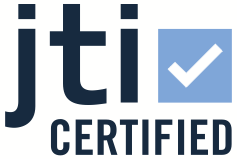
In compliance with the JTI standards
More: SWI swissinfo.ch certified by the Journalism Trust Initiative
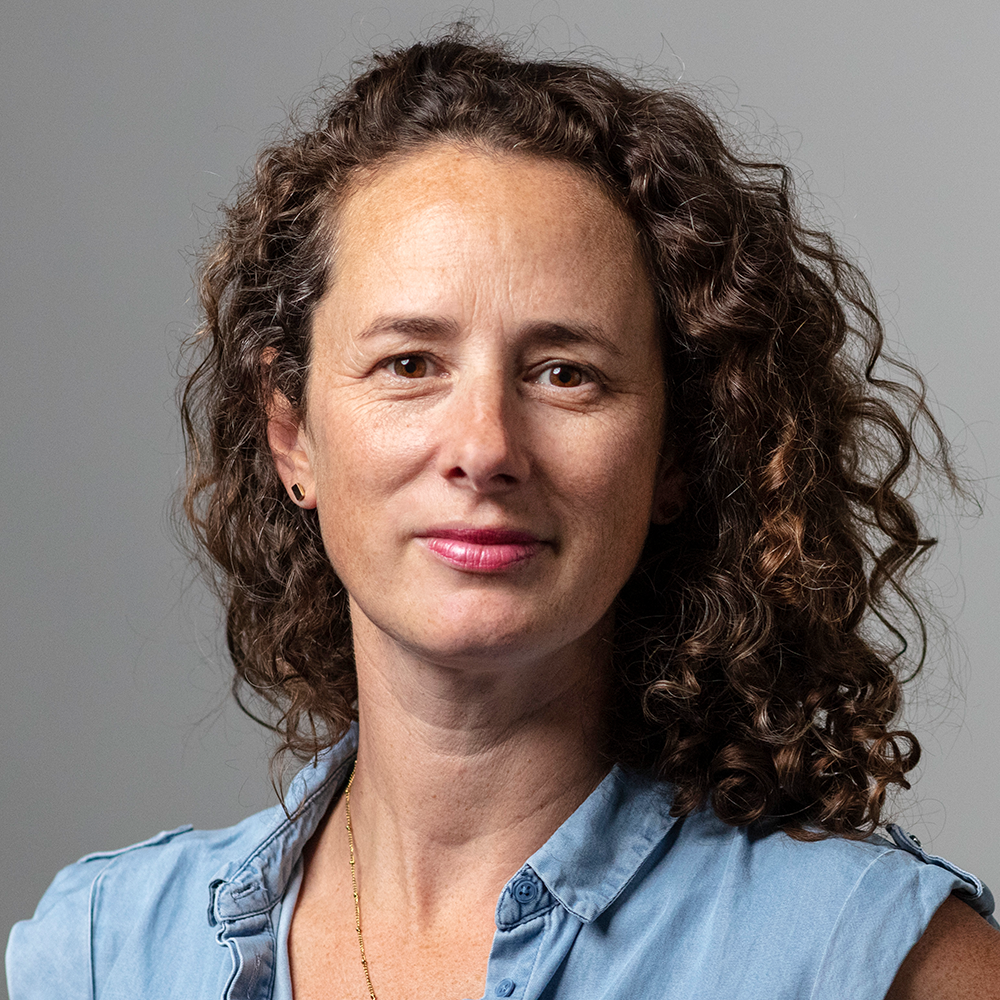


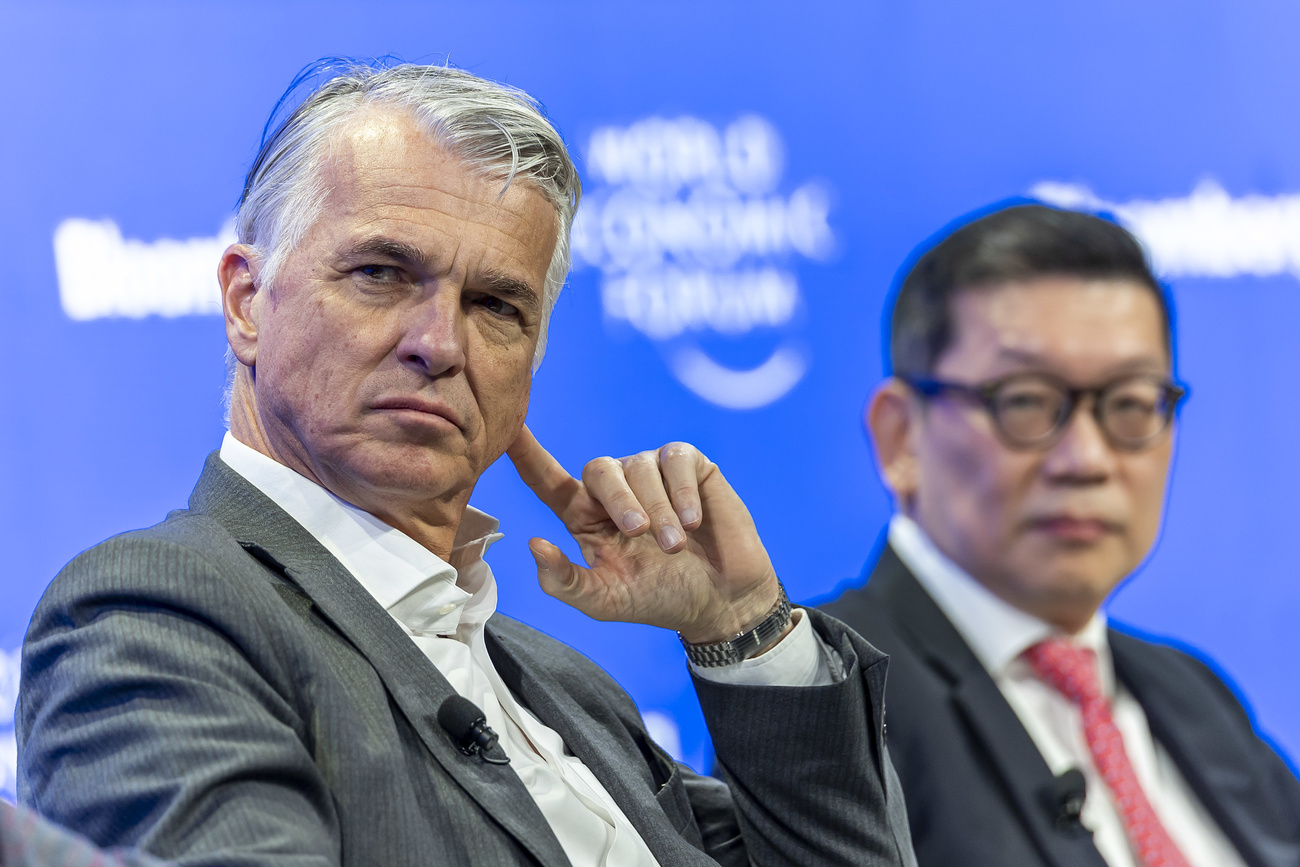
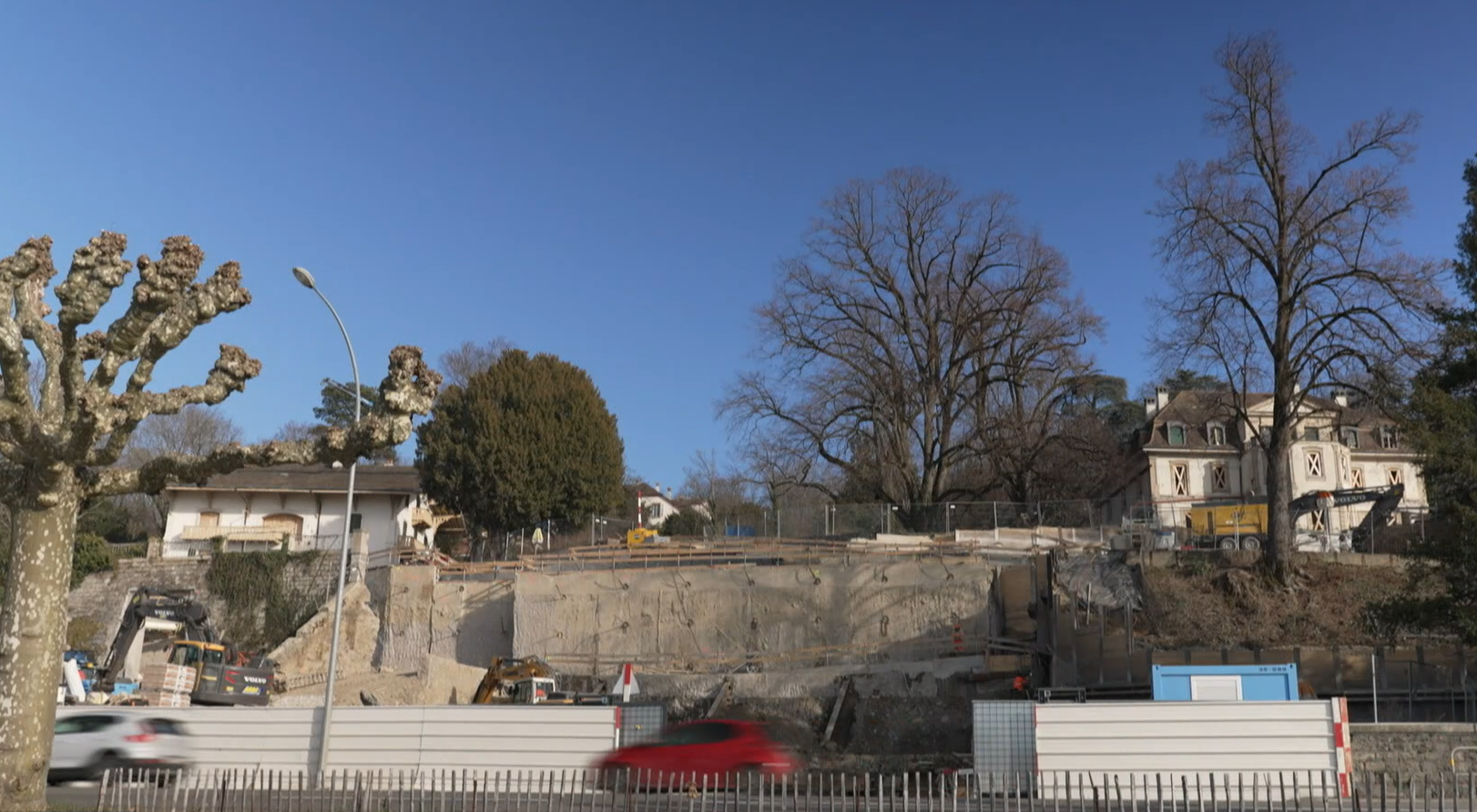
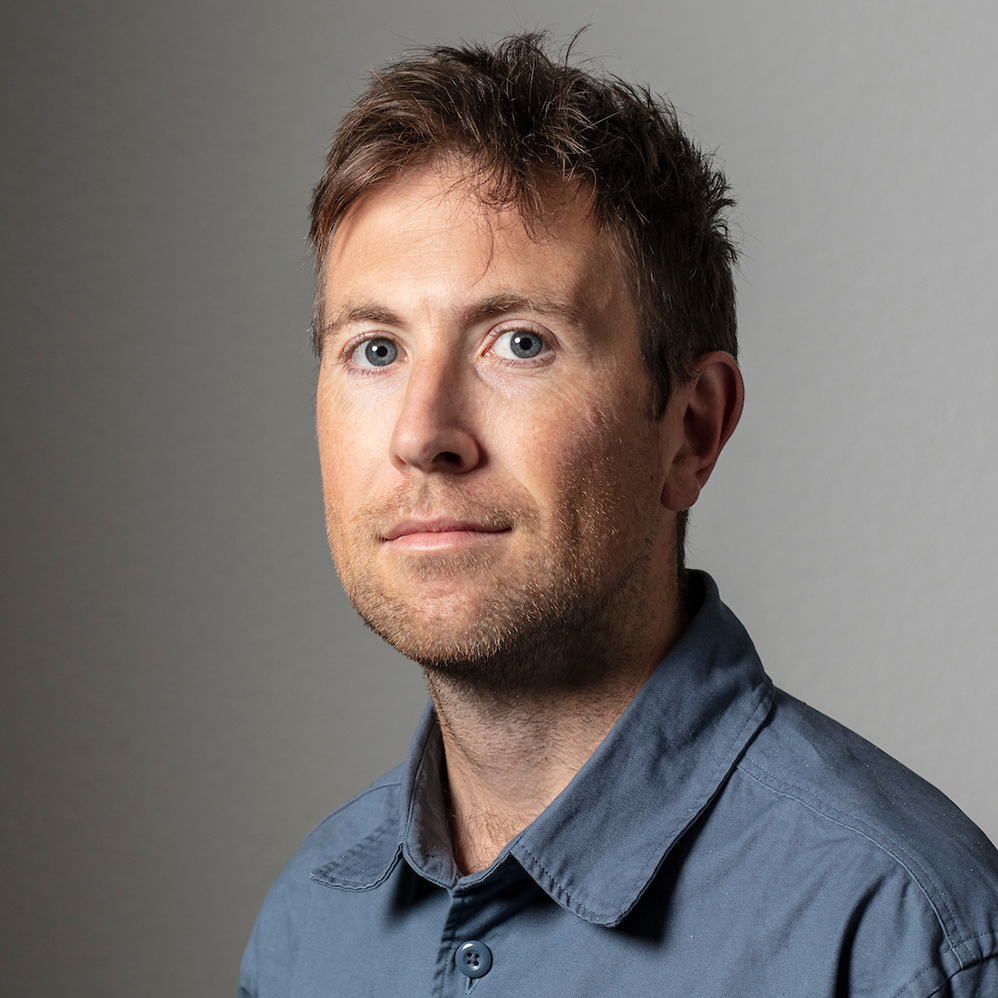


You can find an overview of ongoing debates with our journalists here . Please join us!
If you want to start a conversation about a topic raised in this article or want to report factual errors, email us at english@swissinfo.ch.